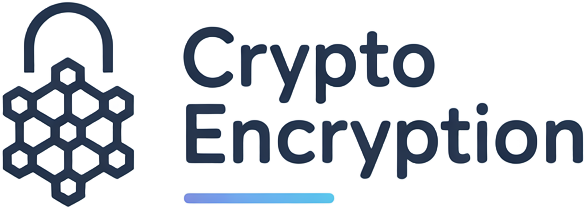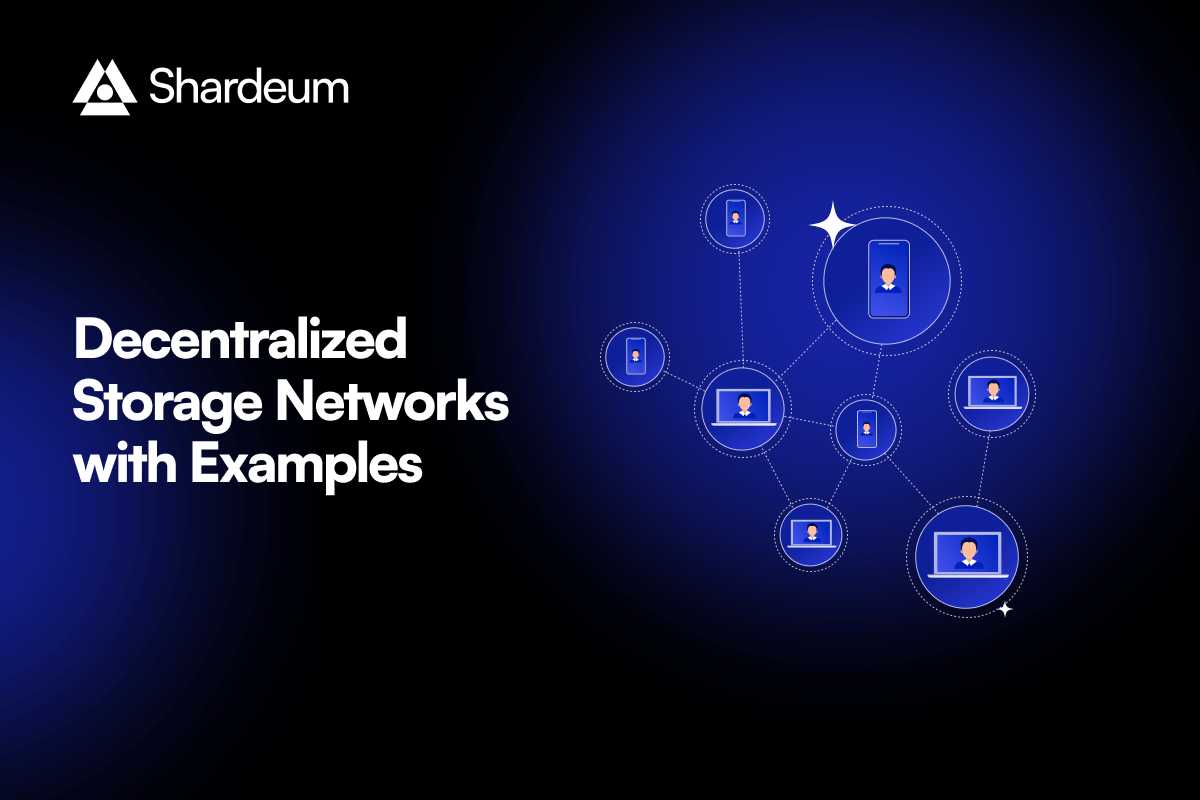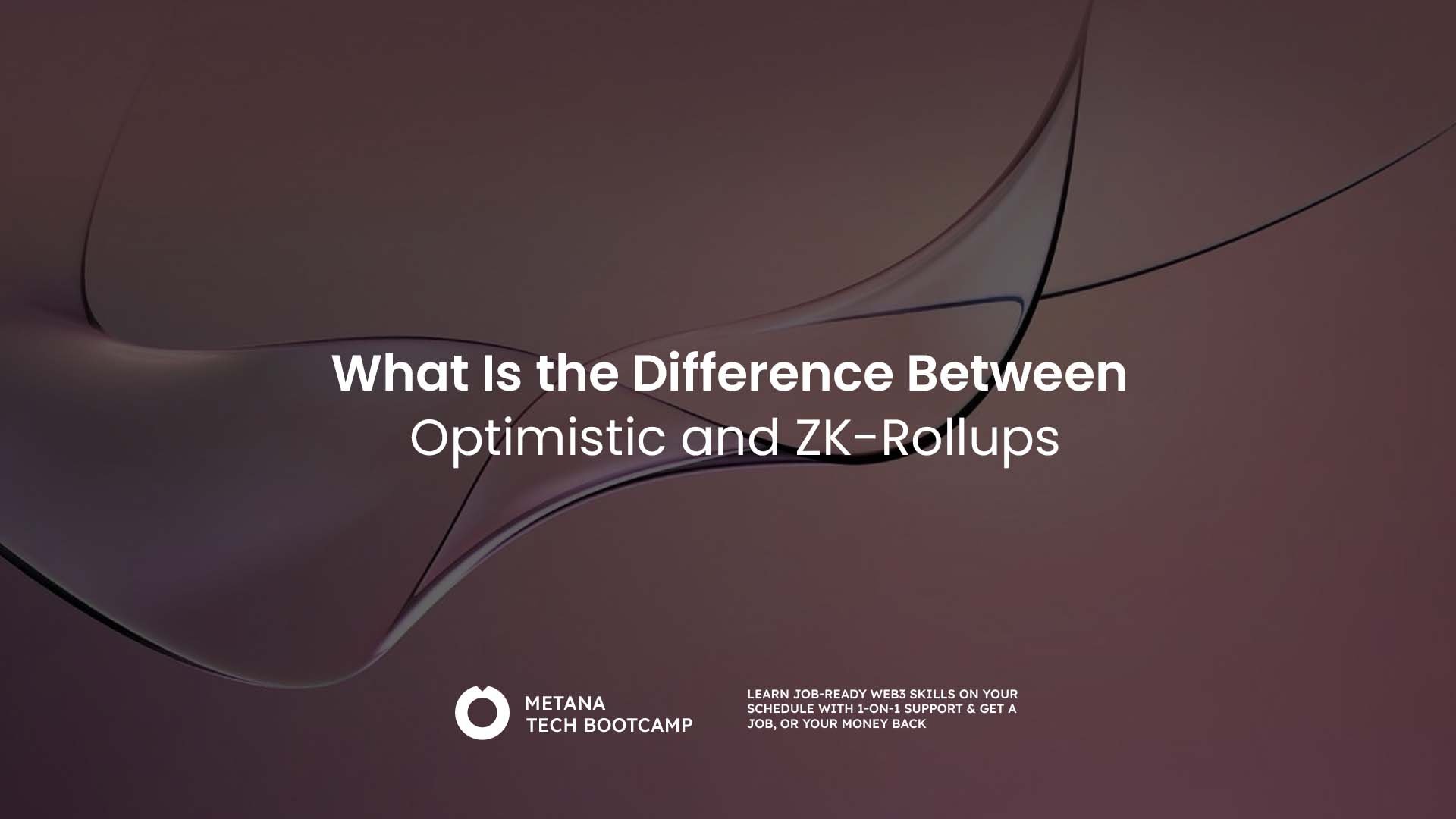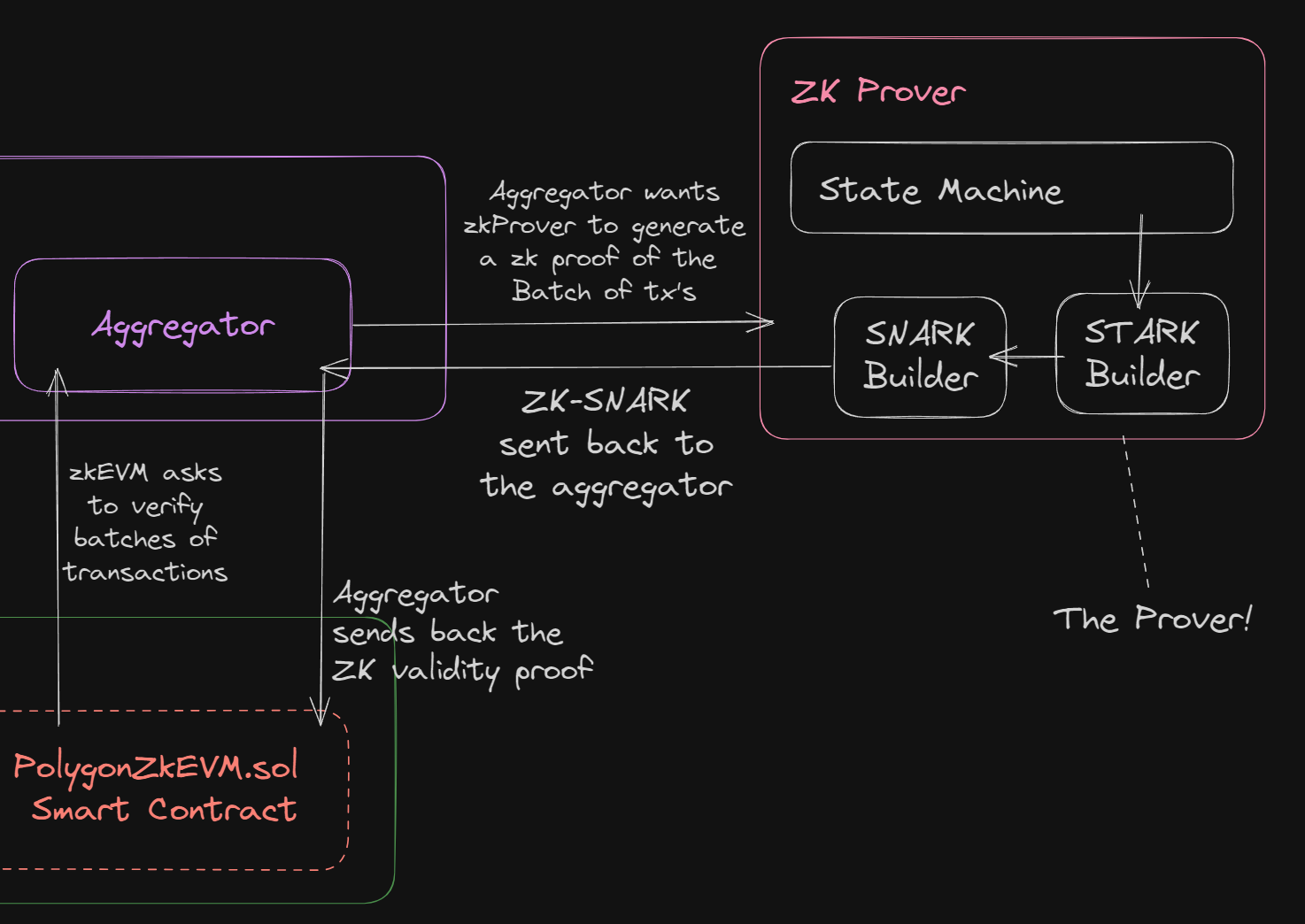
Gas costs remain a critical constraint in encrypted smart contract development, especially as privacy and confidentiality become non-negotiable for enterprise and DeFi applications. The challenge: how do you build robust privacy-preserving contracts without burning through your budget on every transaction? This guide breaks down five essential techniques, each balancing security, privacy, and gas efficiency for next-gen blockchain deployments.
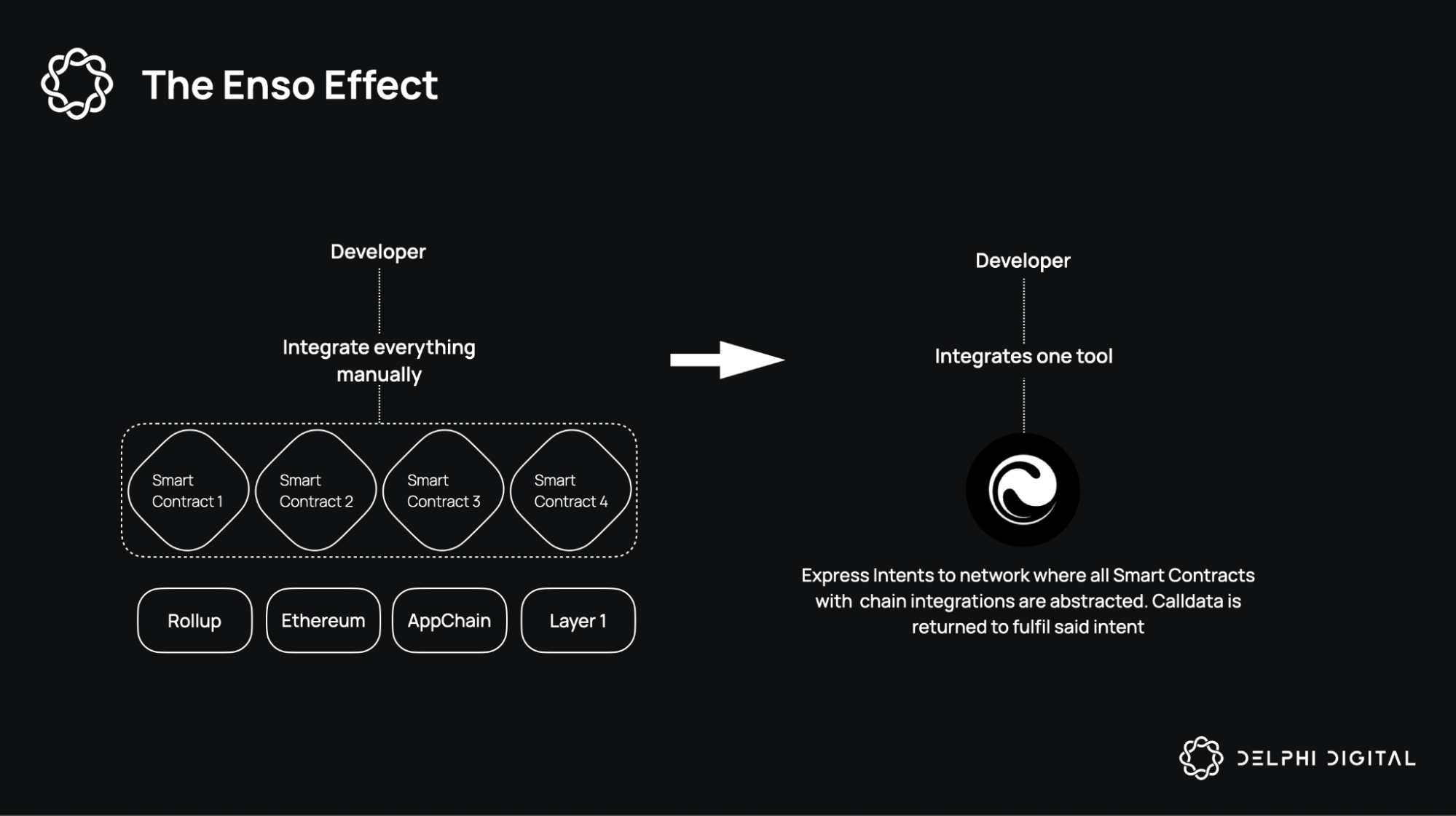
Leverage Off-Chain Computation for Heavy Encryption Tasks
On-chain cryptographic operations are expensive. When writing gas-efficient encrypted smart contracts, offload as much heavy computation as possible. For example, perform encryption, decryption, or zero-knowledge proof generation off-chain, then submit only the minimal cryptographic proof or result to the blockchain. This dramatically reduces gas consumption while maintaining trustless integrity. Techniques like “lazy contracts” and verifiable computation frameworks can cut on-chain workload by over 50%, keeping your dApp responsive and affordable.
Utilize Optimized Cryptographic Primitives and Precompiled Contracts
Ethereum’s EVM natively supports several precompiled contracts for cryptographic operations like ECDSA recovery or SHA-256 hashing. These precompiles are far more gas-efficient than implementing algorithms in Solidity. Always use these optimized primitives where possible to handle encryption and verification inside your contract. This is especially crucial when integrating advanced privacy features such as zk-SNARKs or threshold signatures.
Minimize On-Chain Storage of Encrypted Data
Storage is the most expensive resource on Ethereum. Storing large ciphertexts or data blobs directly on-chain can quickly make your contract unusable from a cost perspective. Instead, store only essential encrypted references (hashes or pointers), while keeping the bulk of sensitive data off-chain (e. g. , via IPFS or secure databases). Cache frequently accessed values in memory within function calls to further reduce redundant storage reads/writes. This not only cuts costs but also limits attack surface area for data leaks.
5 Core Techniques for Gas-Efficient Encrypted Smart Contracts
-
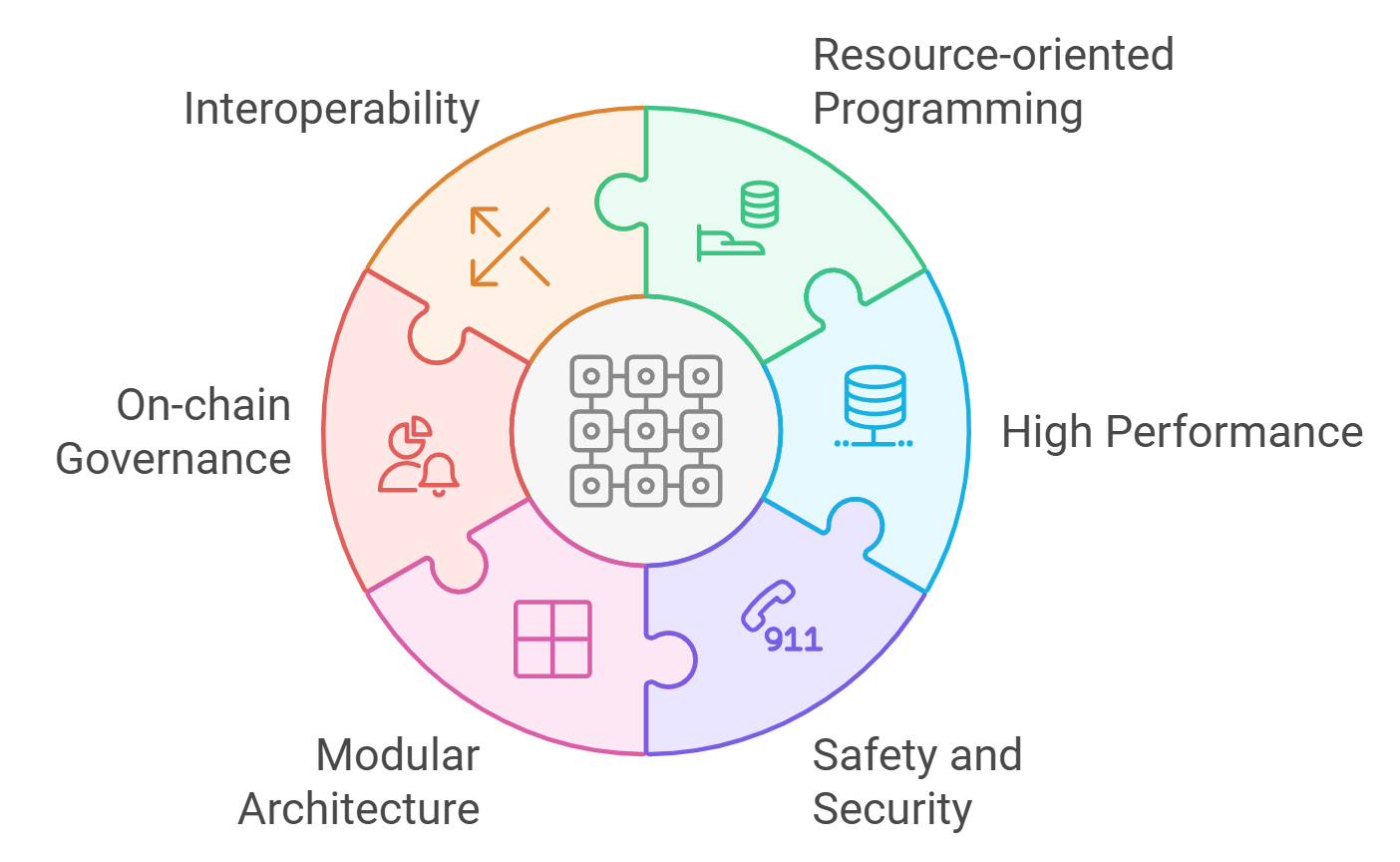
Leverage Off-Chain Computation for Heavy Encryption TasksShift computationally intensive encryption and decryption processes off-chain, using solutions like Chainlink CCIP or zk-SNARKs for verification. This minimizes on-chain gas usage while maintaining trustless security.
-
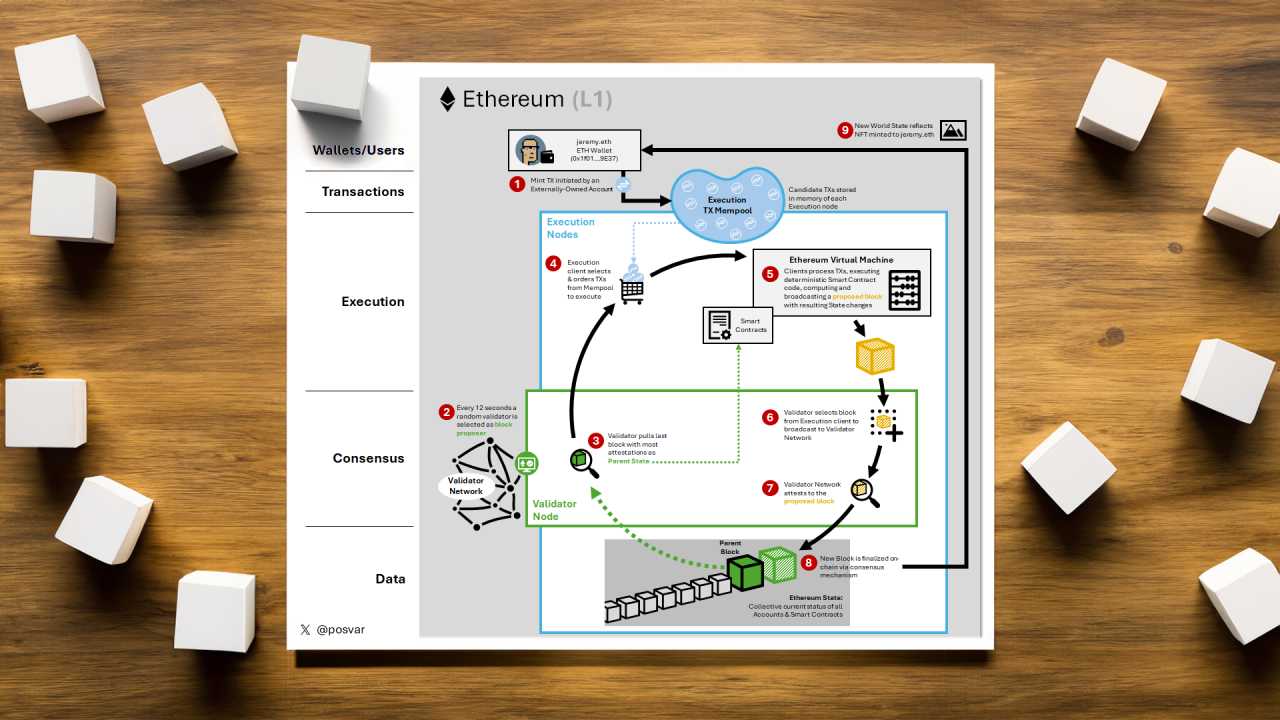
Utilize Optimized Cryptographic Primitives and Precompiled ContractsEmploy Ethereum’s precompiled contracts for cryptographic operations (e.g., ECDSA, SHA-256). These run natively on client nodes, drastically reducing gas costs compared to standard Solidity implementations.
-
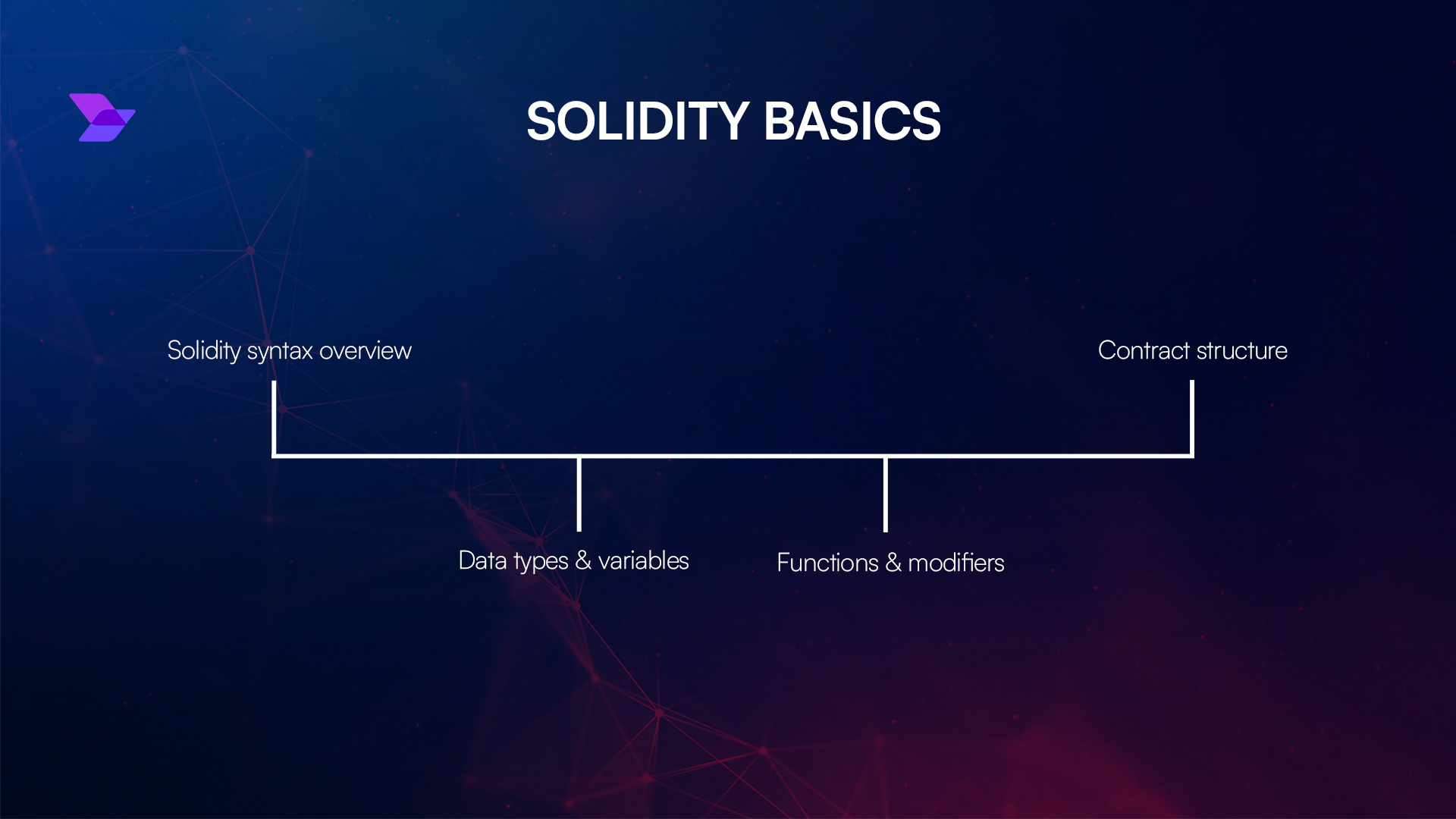
Choose Efficient Data Structures for Encrypted State ManagementUse mappings and structs instead of arrays for managing encrypted states. Efficient data structures enable direct access and reduce expensive iterations, as recommended in Solidity best practices.
Batch Operations and Aggregate Cryptographic Proofs
Bottlenecks often arise when verifying multiple proofs or processing many transactions individually. Batch similar operations together, such as aggregating multiple zero-knowledge proofs into one verification step, to slash repetitive computational overhead. Aggregation reduces both execution time and total gas spent per user action, making privacy features scalable even under high network load.
Choosing the right batching strategy depends on your contract’s logic and expected transaction flow. For example, if your dApp collects user attestations or encrypted votes, aggregate them before a single on-chain verification. This not only streamlines execution but also makes your contract friendlier to high-frequency users, who otherwise might be priced out by cumulative gas fees.
Choose Efficient Data Structures for Encrypted State Management
Data structure selection is a silent gas killer in encrypted smart contract development. Mappings are almost always more efficient than arrays for storing encrypted states or access permissions because they allow direct lookups without iteration. When you need to manage lists of encrypted credentials or balances, structure them as mapping(address = and gt; bytes32) rather than arrays of structs. This approach eliminates costly loops and storage reallocation, key for both security and cost control.
For more complex privacy-preserving state (such as Merkle trees for commitments), optimize update logic so that only affected branches are recalculated on-chain. Always benchmark structure changes with real-world testnets to catch hidden inefficiencies before mainnet deployment.
Putting It All Together: The Gas-Efficient Encrypted Contract Workflow
Let’s visualize the workflow of a gas-optimized encrypted smart contract:
5 Core Techniques for Gas-Efficient Encrypted Smart Contracts
-
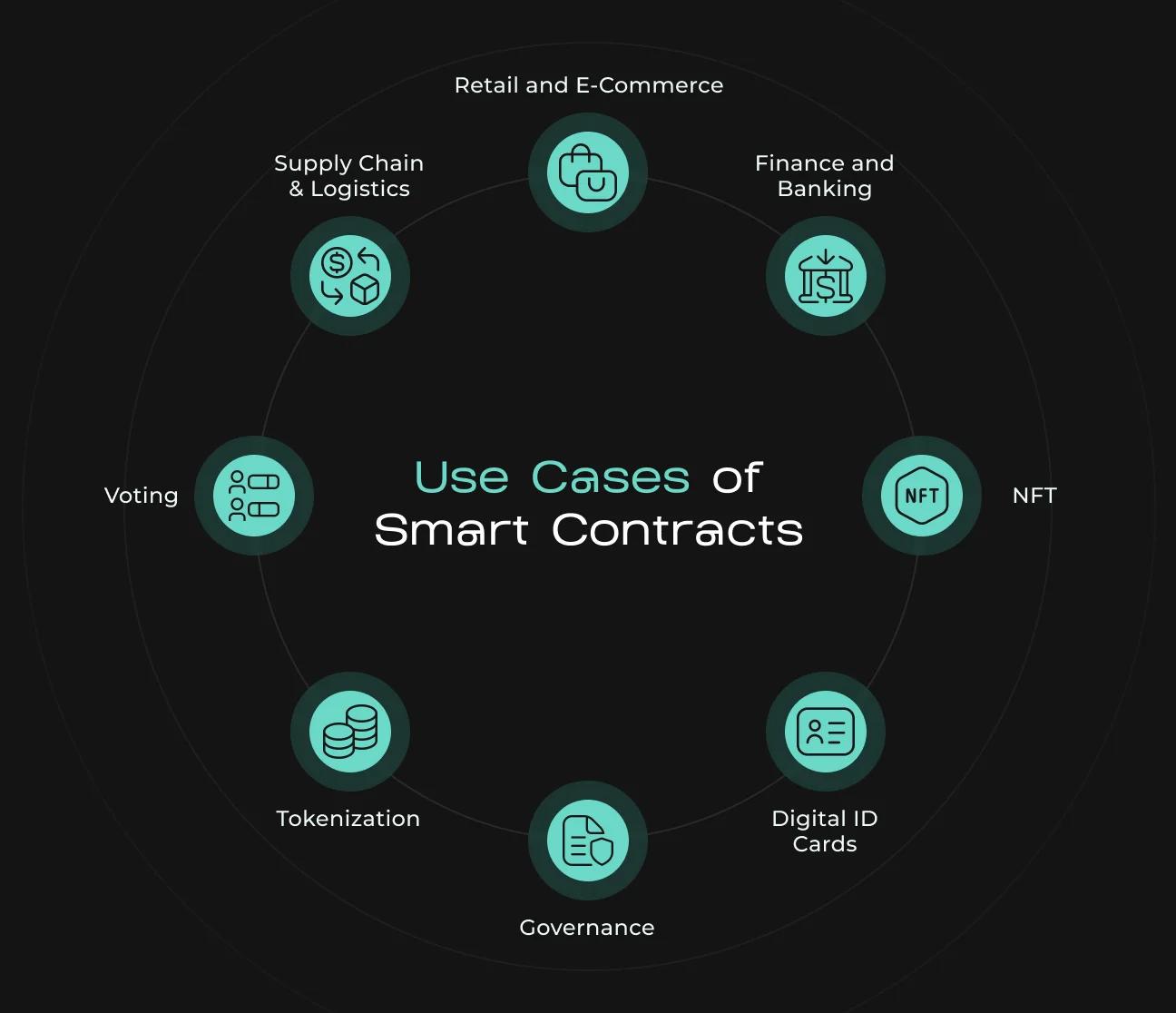
Leverage Off-Chain Computation for Heavy Encryption Tasks: Offload resource-intensive cryptographic operations (like zero-knowledge proof generation) to off-chain systems, using solutions such as zk-SNARKs or Chainlink Off-Chain Reporting. This reduces on-chain gas usage while maintaining trustless verification.
-
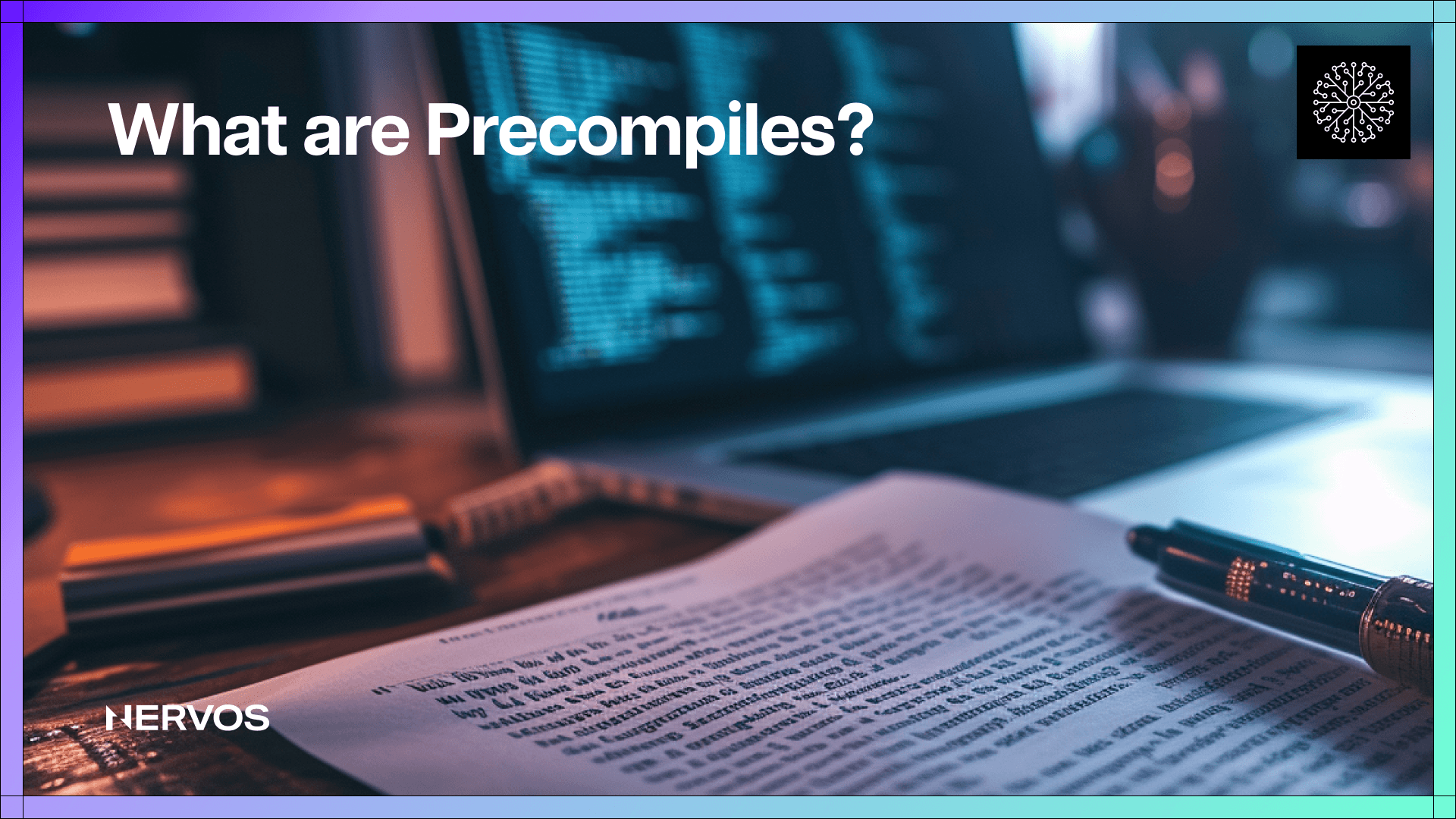
Utilize Optimized Cryptographic Primitives and Precompiled Contracts: Use Ethereum’s precompiled contracts for cryptographic functions (e.g., SHA-256, ECDSA) to execute natively and save gas compared to custom implementations.
-

Choose Efficient Data Structures for Encrypted State Management: Opt for gas-saving structures like mappings over arrays and utilize OpenZeppelin’s EnumerableMap for scalable encrypted state tracking.
- Heavy computations off-chain: Encryption, decryption, and zero-knowledge proof generation handled externally.
- Optimized cryptographic primitives: Use EVM precompiles for all supported crypto operations.
- Minimal on-chain storage: Store only hashes or pointers to sensitive data.
- Batched operations: Aggregate proofs and transactions wherever possible to reduce redundant calls.
- Lean data structures: Prefer mappings and optimized trees over arrays or nested structs.
Final Thoughts: Balancing Privacy with Cost-Effectiveness
The future of blockchain privacy hinges on making encrypted smart contracts both practical and affordable. By leveraging off-chain computation, using precompiled cryptographic functions, minimizing storage, batching proofs, and choosing efficient data structures, developers can build secure applications without sacrificing usability or breaking the bank on gas fees.
If you’re serious about deploying confidential dApps at scale, these five strategies aren’t optional, they’re essential. Keep iterating your architecture as new tooling emerges and always profile your contracts under real network conditions before launch. The next wave of privacy innovation will belong to those who master both confidentiality and cost control.
